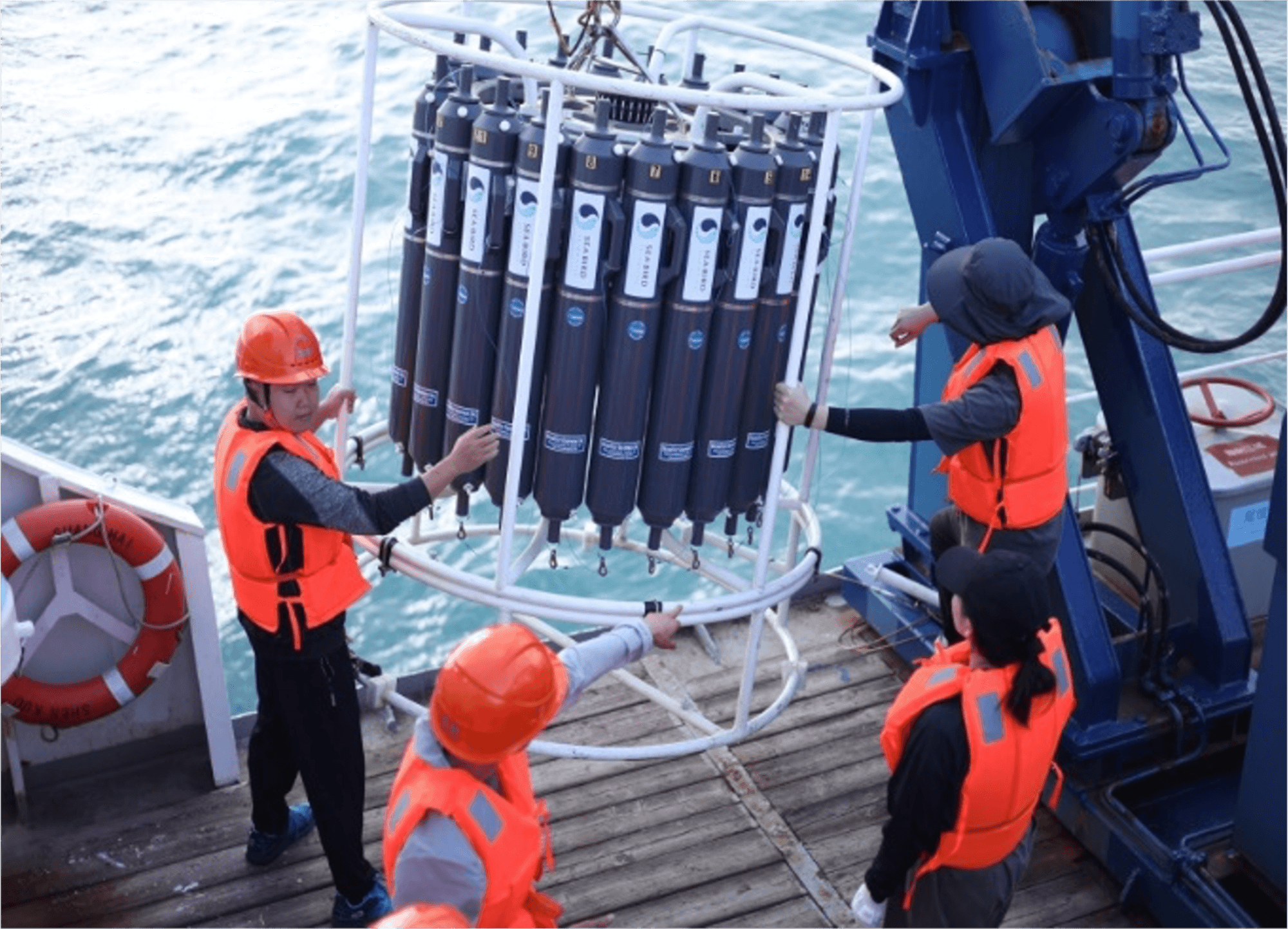 |
|
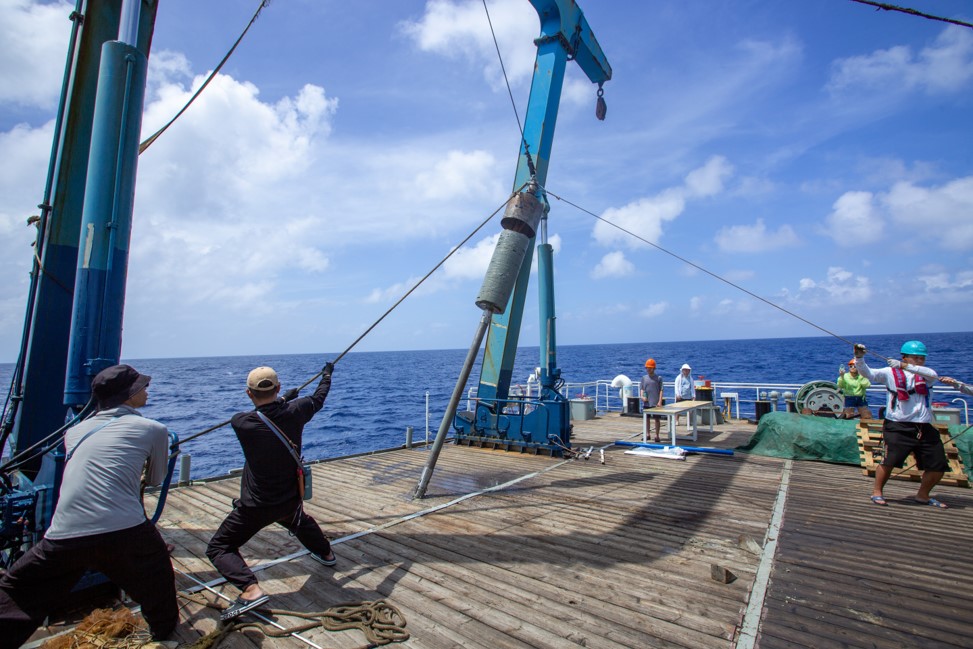 |
| CTD stands for conductivity, temperature, and depth, and refers to a package of electronic devices used to detect how the conductivity and temperature of water changes relative to depth.
|
|
The Drop Corer is designed to recover high quality core samples up to in length from a variety of soft sediments.
|
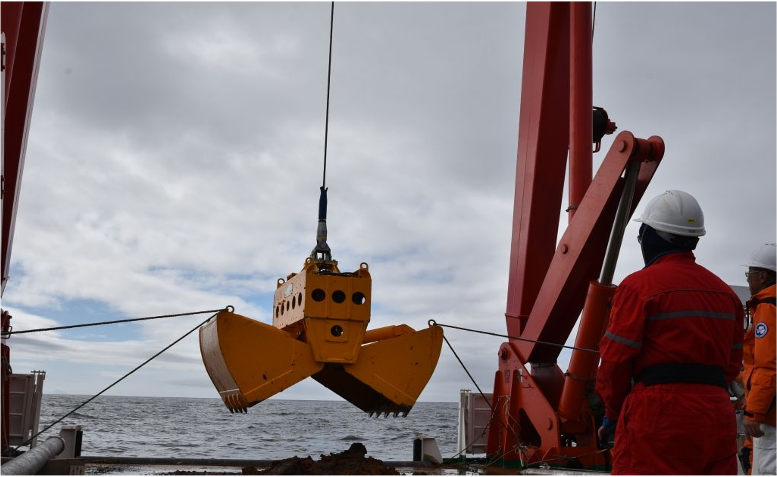 |
|
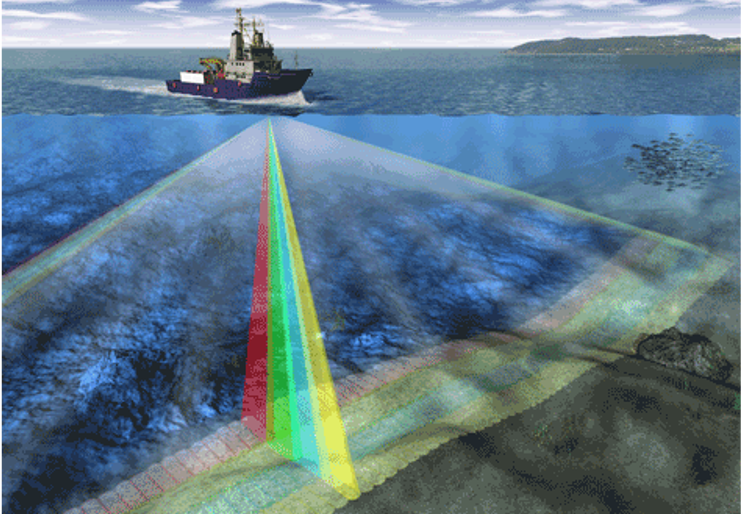 |
| The box corer is used to sample soft sediments at the bottom of lakes, bays, and the ocean.
|
|
Multibeam echosounder(MBES) is a type of active sonar system used to map the seafloor and detect objects in the water column or along the seafloor.
|
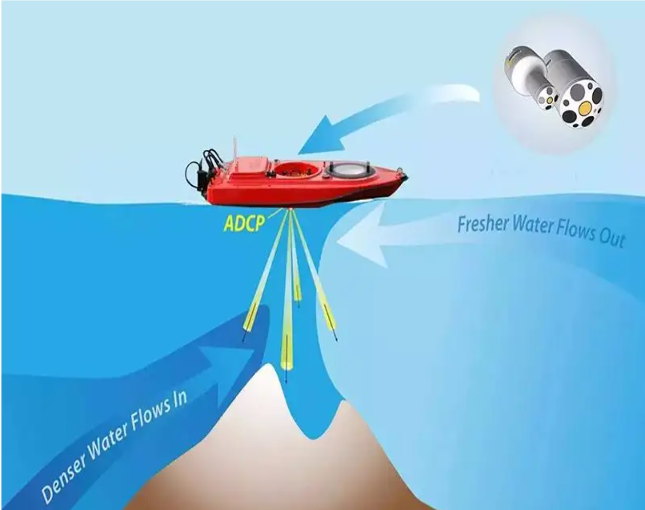 |
|
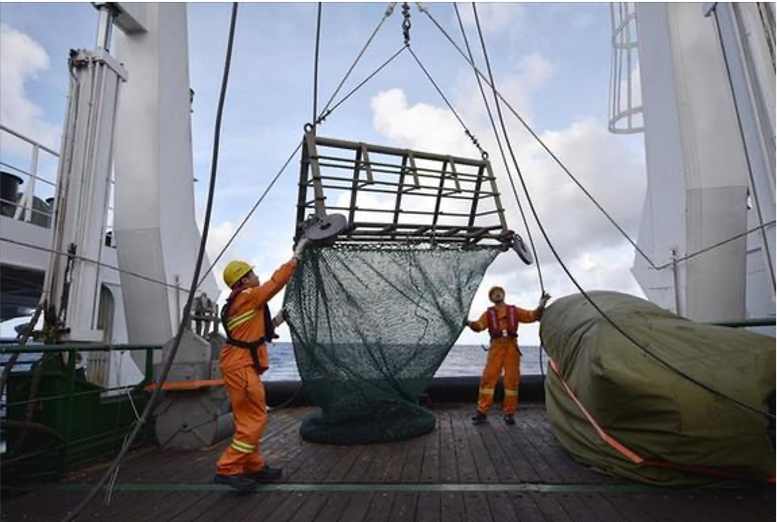 |
| The Acoustic Doppler Current Profiler (ADCP) measures the speed and direction of ocean currents using the principle of “Doppler shift”.
|
|
Trawls, which are nets towed behind a boat to collect organisms.
|
 |
|
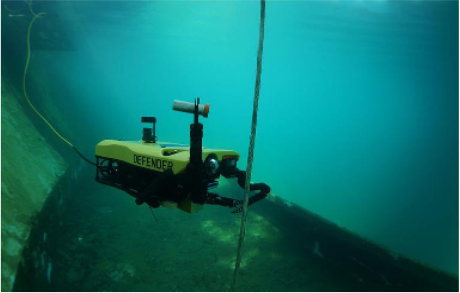 |
| Photogrammetry is a method of approximating a three dimensional structure using two dimensional images. It has become an efficient way to rapidly record underwater archaeological sites and can also be used to characterize seafloor features.
|
|
Remotely operated vehicles( ROVs), are submersible robots that allow us to explore the ocean without actually being in the ocean. |
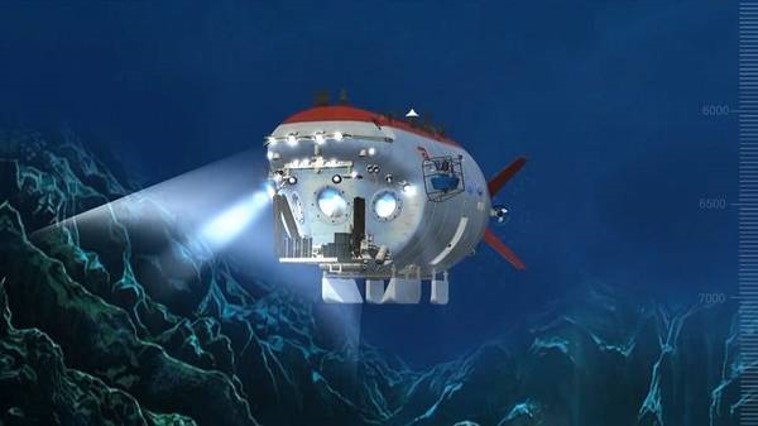 |
|
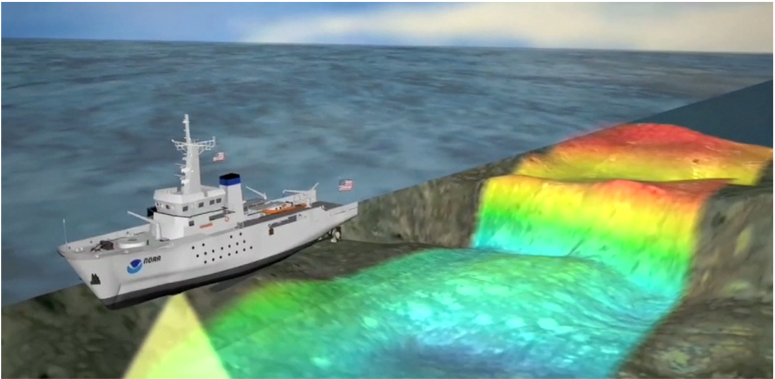 |
| HOVs are submersibles that bring a small group of scientists, pilots, and electronic equipment down in the water column and onto the seafloor, allowing in-person research and observation.
|
|
Sound NAvigation and Ranging—SONAR—is used to find and identify objects in water. It is also used to determine water depth (bathymetry). Sonar is applied to water-based activities because sound waves attenuate (taper off) less in water as they travel than do radar and light waves.
|